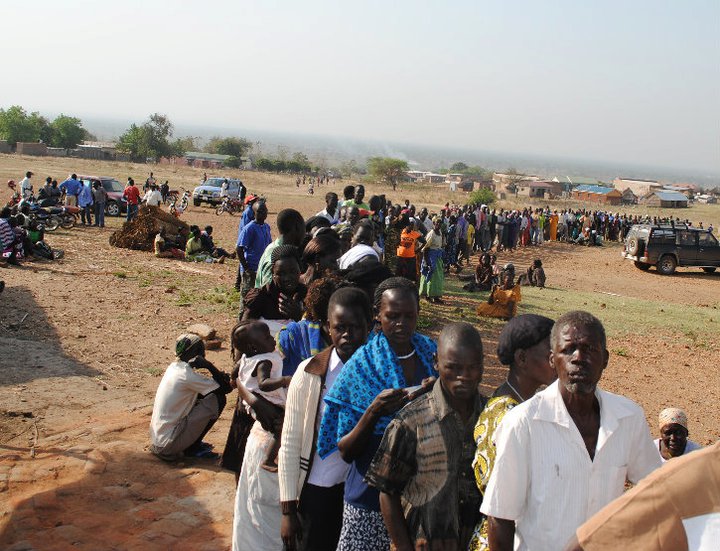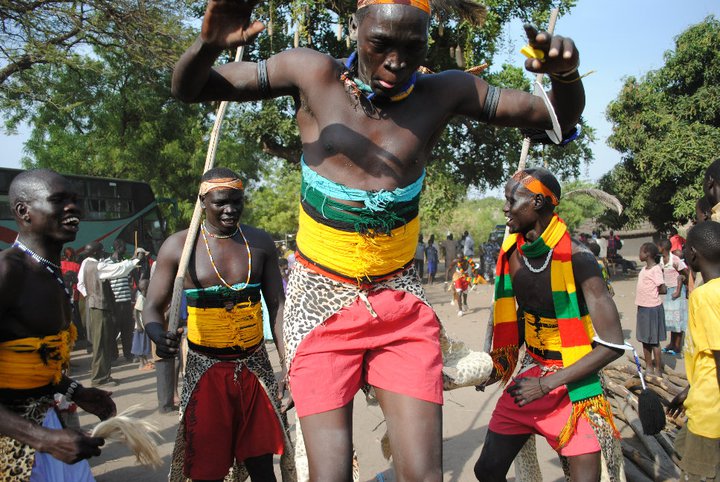I have just read Joseph Stiglitz’s Globalization and Its Discontents (2002).
Stiglitz was the Chief Economist at the World Bank and Chairman of President Clinton’s Council for Economic Advisors. He won the Nobel prize for Economics in 2001.
He has formidable expertise and experience and has succeeded in writing a book about economics that is both readable and compelling.
His basic argument runs that the International Monetary Fund (IMF), the international economic institution responsible for supporting countries facing economic crisis, was largely responsible for the failure of globalization in the 1990s.
The IMF, states Stiglitz, continuously adopted an out-dated and dogmatic adherence to market fundamentalism – the belief in letting the free market deliver economic stability and growth. Their policy to achieve this, in East Asia and Russia, was incoherent and went against the basic tenets of Keynesian economics.
The IMF’s failed policy prescriptions included fiscal austerity, high interest rates, rapid trade liberalization, liberalizing capital markets and privatization.The IMF’s institutional “fear of default” also comes in for criticism.
I enjoyed this book though I found the focus a little too narrow; it rarely deviates from its specific critique of the IMF. Surely other players should come into consideration if you intend to address the failings of a phenomenon as broad as globalization? Only the World Trade Organization, the U.S. Government and the World Bank, are addressed in this context.
The “behind the scenes” actions of corporations and foreign governments in influencing policy are ignored. Here Stiglitz misses an important trick. I would also have liked to see more analysis of how poor economic decisions directly affected people in these developing countries; the repercussions of, for example, liberalization policies were often enumerated only very vaguely.
Stiglitz undoubtedly succeeds in revealing the impudence and irresponsibility of the IMF’s interventions in developing countries. But I wonder how else it could operate? The “international bureaucrats” to which he so often refers must work according to very tight timelines. Sometimes these seemingly mundane factors help to explain their lack of flexibility or foresight.
But it’s nevertheless shocking to learn how much the IMF is governed by the narrow interests of the Western financial community, whose investments are recouped via the multi-billion dollar cash injections into these developing economies, while their poor lose their jobs and livelihoods and the middle classes foot the tax bill that ensues.


